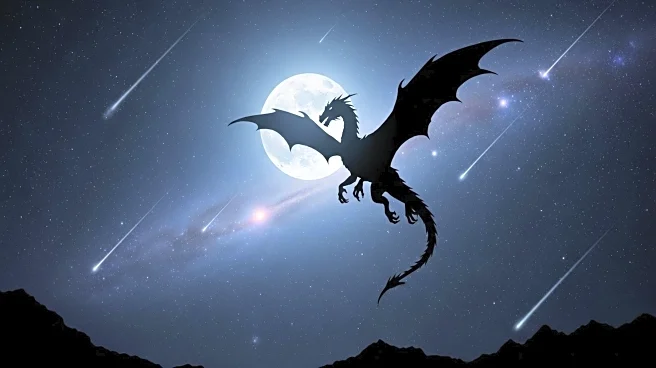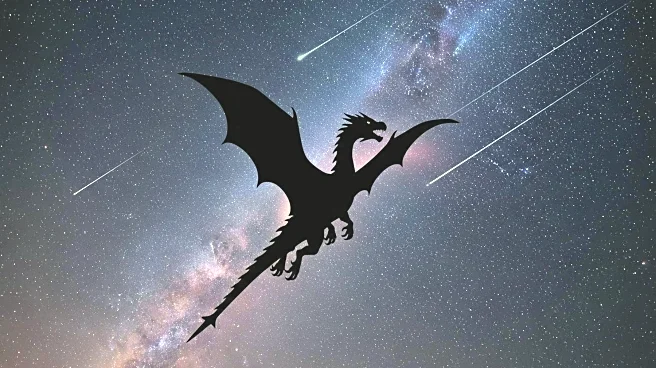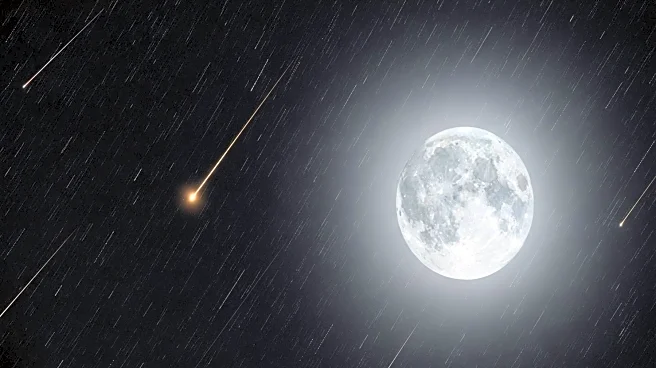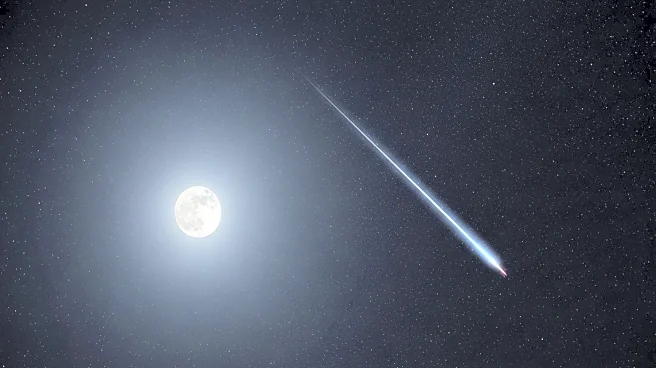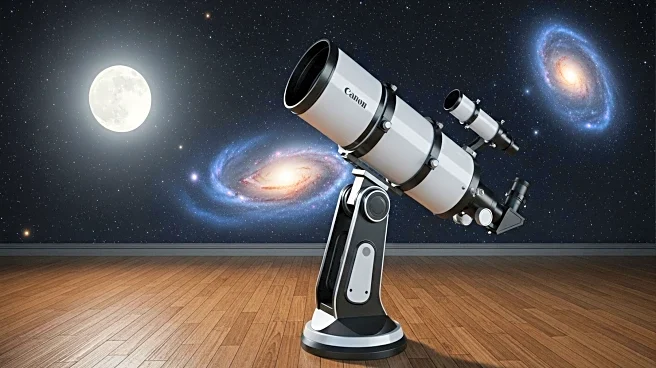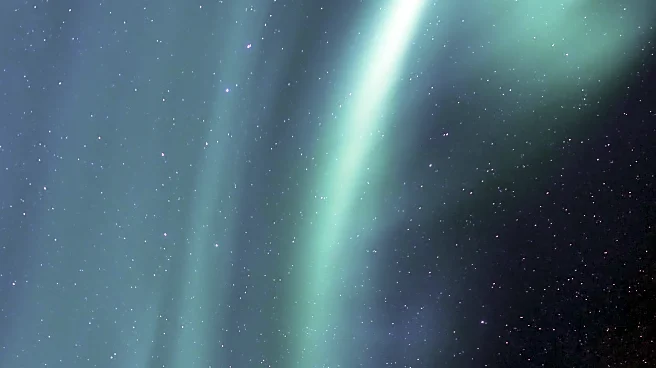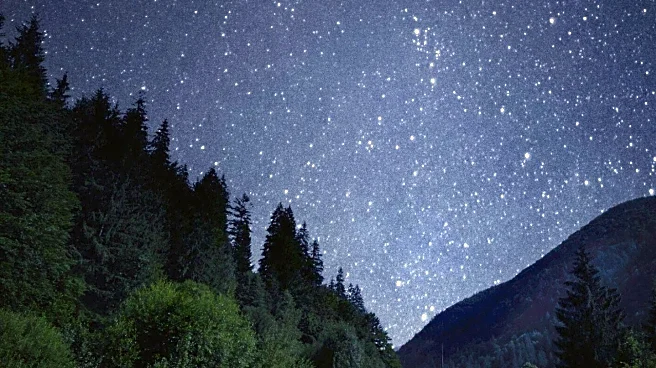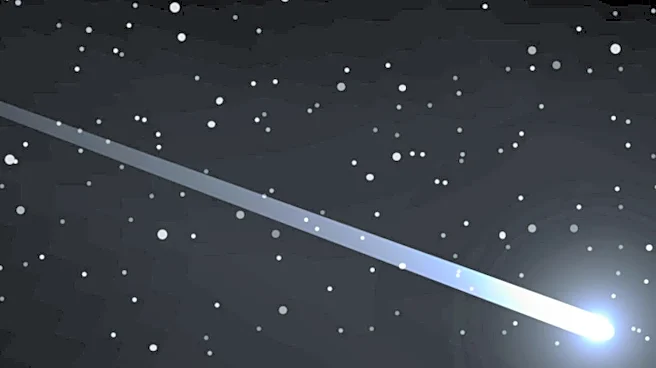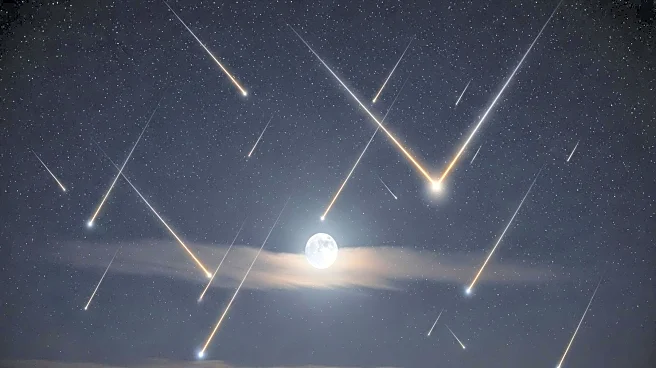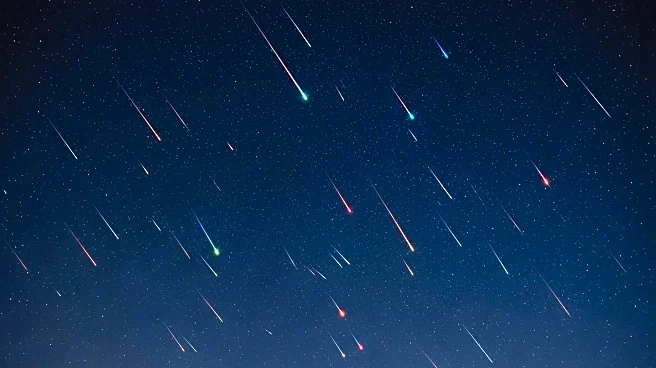What's Happening?
The Draconid meteor shower is set to peak, offering a natural spectacle as meteors streak across the October skies. This annual event occurs as Earth passes through debris left by comet 21P/Giacobini-Zinner. The shower is active from October 6 to October 10, with the peak expected on October 8. However, the visibility of the meteors may be affected by the bright light of a waning gibbous moon, which could obscure fainter meteors. Despite this, skywatchers are encouraged to look up and enjoy the celestial display, which can produce up to 10 meteors per hour under ideal conditions.
Why It's Important?
Meteor showers like the Draconids offer a unique opportunity for the public to engage with astronomy and appreciate the natural wonders of the universe. Events like these can inspire interest in science and space exploration, fostering a greater understanding of our place in the cosmos. For amateur astronomers and enthusiasts, the Draconid shower provides a chance to observe and study meteors, contributing to citizen science efforts and expanding knowledge about cometary debris and its interaction with Earth's atmosphere.
What's Next?
Following the Draconid meteor shower, skywatchers can look forward to other astronomical events, such as the Orionid meteor shower later in October. These events continue to provide opportunities for public engagement with astronomy and inspire interest in space science.
Beyond the Headlines
Meteor showers can also serve as reminders of the dynamic nature of our solar system and the ongoing interactions between celestial bodies. They highlight the importance of continued research and observation in understanding the complexities of space and the potential impacts on Earth.

